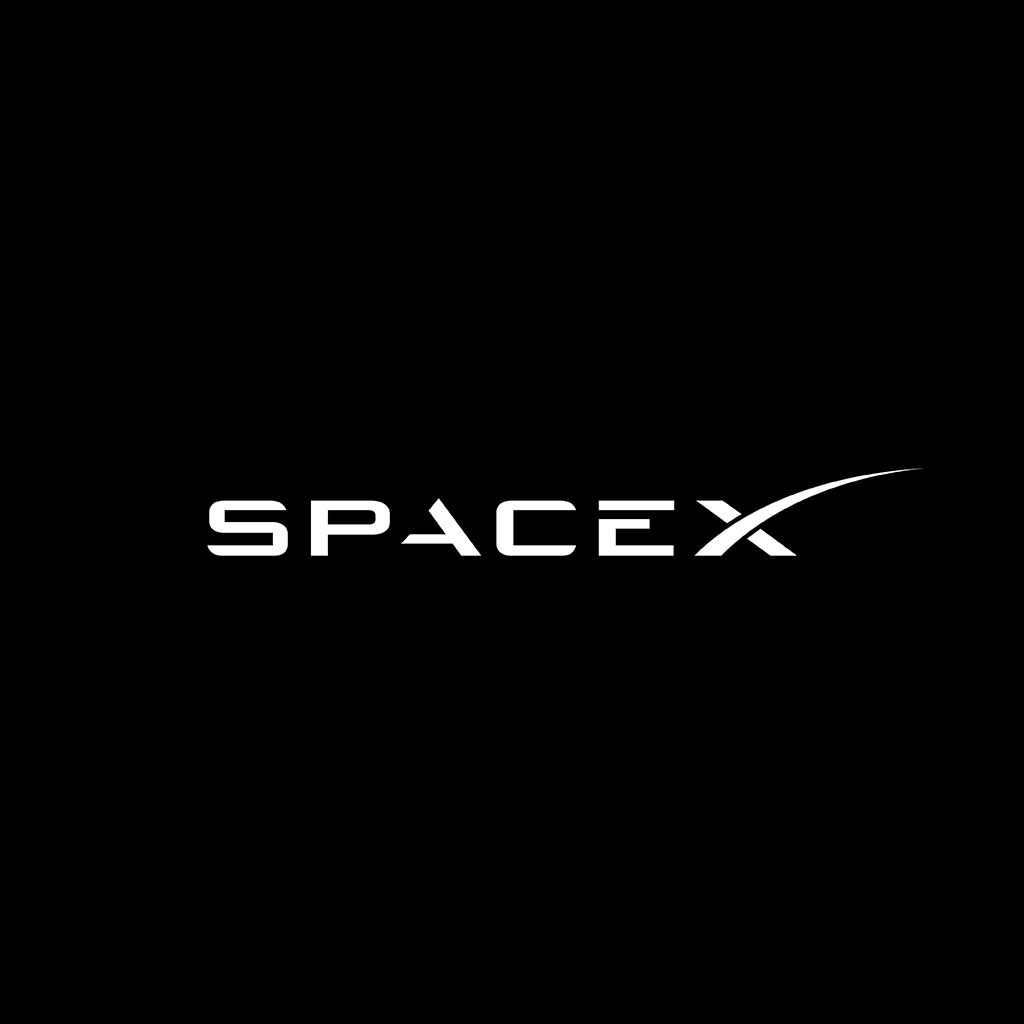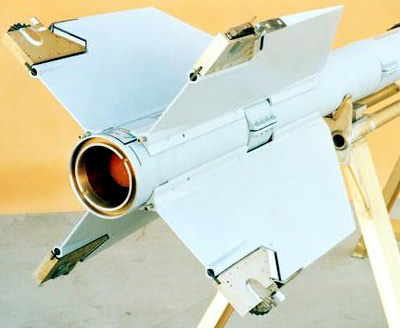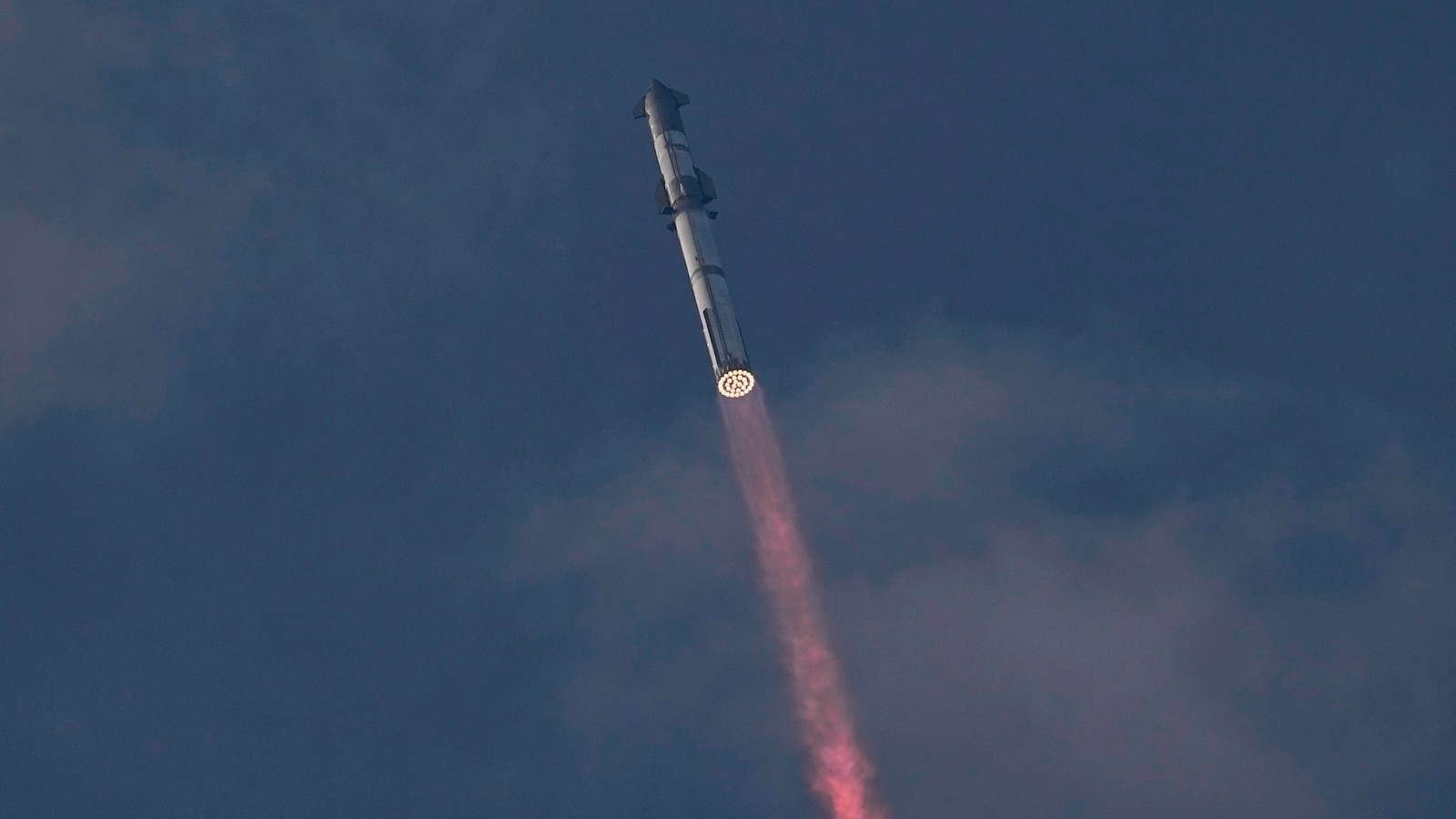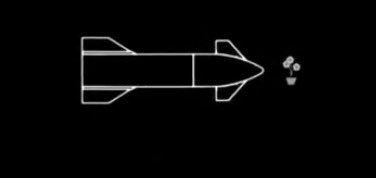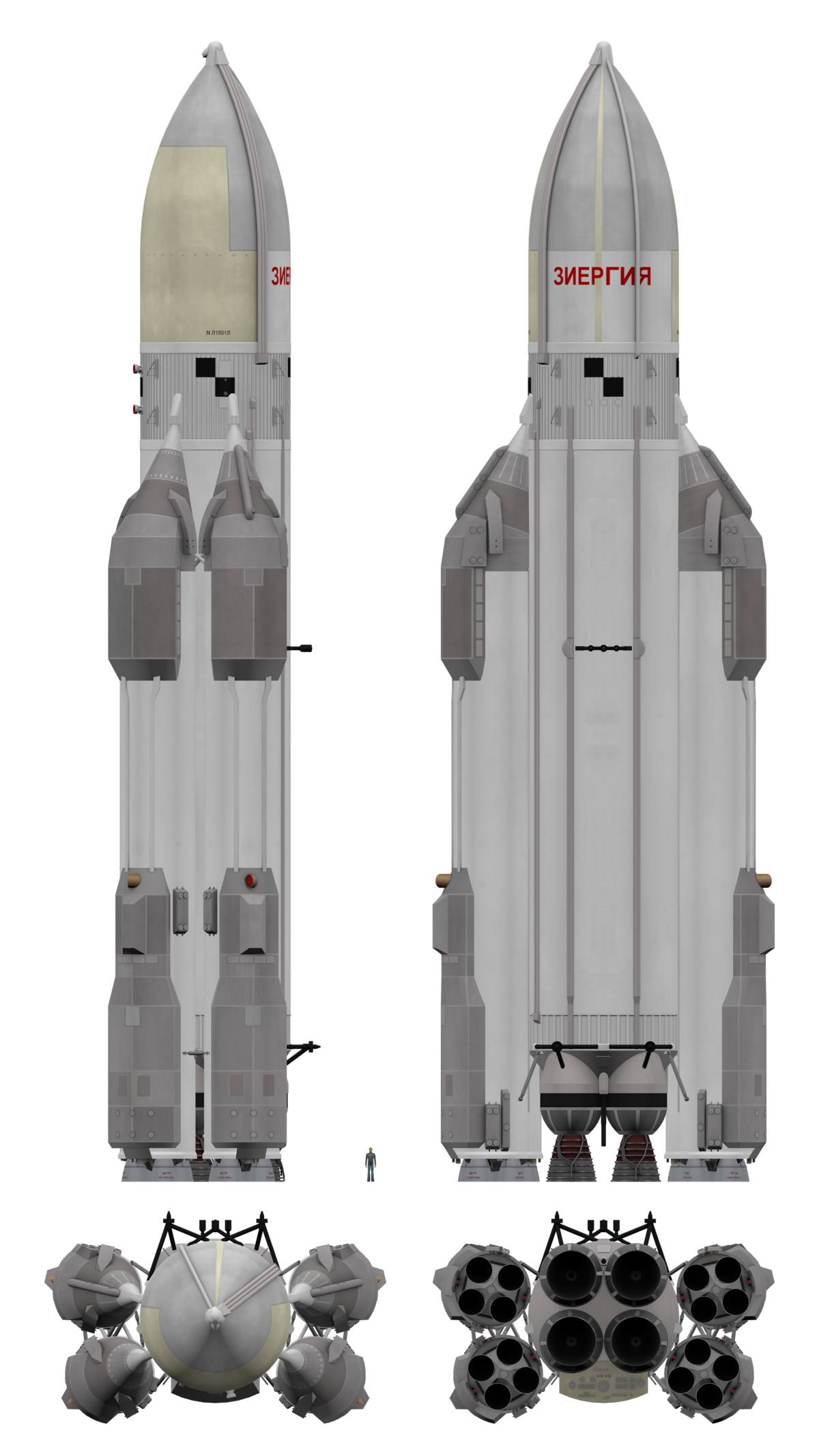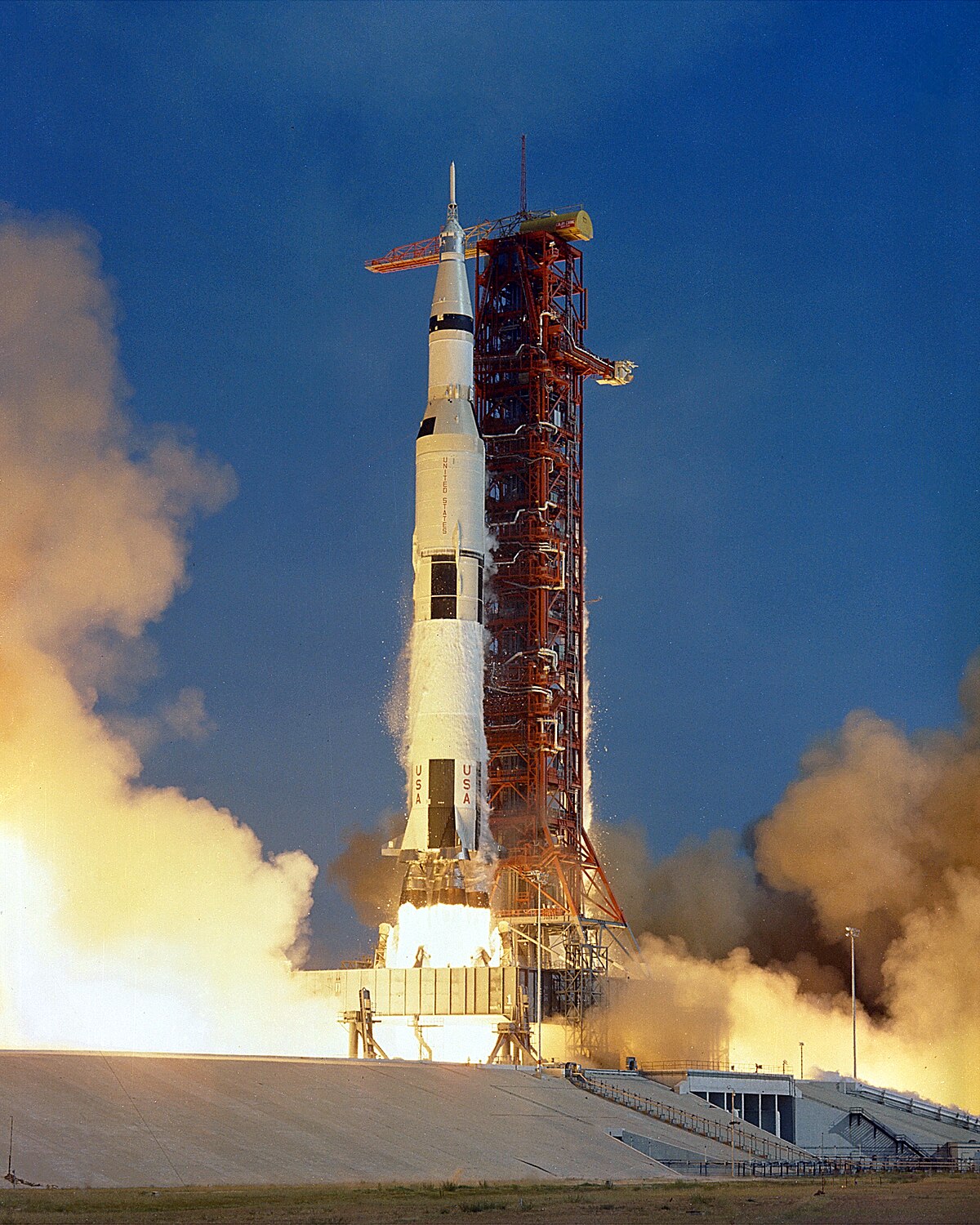I had thought Energia had more lift than Saturn V. Thanks.
Energia was a weird case since it wasn’t supposed to bring its payload to orbit, merely a near-orbital trajectory similar to this starship’s, the payload would have had to give the last push (of about ~100 m/s), and none of the proposed Energia upper-side stage were every sanctionned and built. As far as I know the heaviest payload it was supposed to boost would have been a full-load buran at 105t, in theory a few to several tons of additional performances could be gained by removing the reuse equipment from the boosters (parachutes, landing legs, retrorockets and landing fuel), which weighted 60 tons total.
Actually got me thinking that so far there has never been a super heavy launch vehicle (>50 tons payload) capable of lifting a reference 50 tons payload to orbit in the same way smaller launchers do:
-Saturn V was designed to launch the LM-CSM duo, Skylab was a dry workshop, INT-21 never happened
-N1 was maybe the closest, it had a working fairing, but none of those built were designed to launch anything else than the L3 lunar complex, and none worked
-shuttle couldn’t launch more than 24-27 tons depending on orbiters, shuttle C never happened
-Energia lacked a fairing, adapter or orbital insertion stage, Buran could lift 30t max, none of the proposed side-fairing+stages happened
-Falcon heavy’s current second stage has important structural limits and cannot lift 50 tons, much less its 63t target
-Current SLS can only launch Orion, And IB Will only launch small co-manifested payloads. cargo SLS doesn’t look like it’s happening
-current starship is only designed to launch Starlinks and has its tiny door for that, the Starlinks it will launch are volume limited To ~40 per launch and their mass are unknown, but it can’t launch anything else, larger cargo bays and payload adapters will probably eventually happen since they have contracts for it, but certainly aren’t a priority compared to tanker, depot, starlink and HLS starship
-New Glenn will probably be the closest, with a conventional fairing and payload adapter and a 45t reusable payload that could surpass the treshold if used expendable... but they’ve never expressed their desires to do so, and there may be structural limits
-Long March 10 will be a potential candidate, but like Saturn V, will at first only be used for lunar launches.
It’s funny that this isn’t something that has ever been possible and probably won’t until several years at least, of course it’s normal, there has never been a market for 50 tons commercial satellites, or even a variety of such payloads to launch and each SHLV were made for specific reasons, but it’s funny to think about, a multi purpose SHLV doesn’t exist yet.

